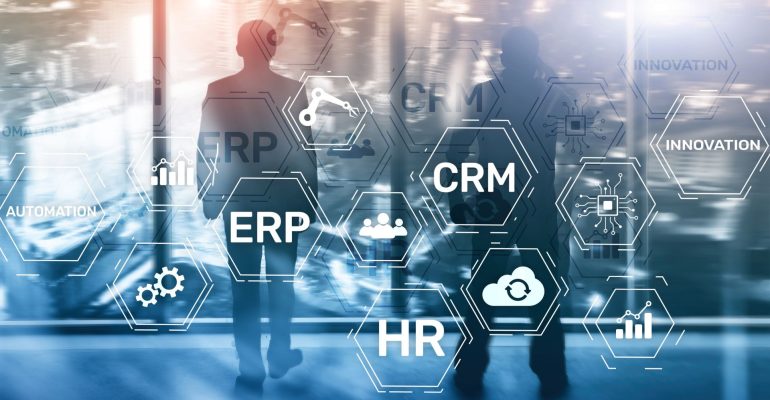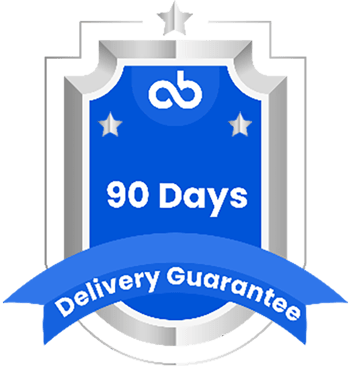ERP Features That Can Help You Improve Your Customer Experience
Introduction
In today’s competitive business landscape, providing exceptional customer experiences has become a cornerstone of success. As businesses strive to meet and exceed customer expectations, leveraging technology to streamline operations and enhance interactions has become essential. Enterprise Resource Planning (ERP) systems play a pivotal role in this endeavor, offering a suite of features designed to improve efficiency, visibility, and ultimately, customer satisfaction. In this blog post, we’ll explore some of the key ERP features that can help you elevate your customer experience.
1. 360-Degree Customer View
A comprehensive ERP system consolidates customer data from various touchpoints, including sales, marketing, support, and billing. This holistic view enables your team to understand customer preferences, history, and interactions, empowering them to deliver personalized experiences tailored to individual needs.
2. Order Management and Fulfillment
Efficient order management and fulfillment processes are crucial for delivering a seamless customer experience. An ERP system streamlines order processing, inventory management, and shipment tracking, ensuring timely delivery and accurate order fulfillment, thereby enhancing customer satisfaction and loyalty.
3. Integrated CRM Functionality
Integration with Customer Relationship Management (CRM) software within your ERP system enables seamless communication and collaboration between sales, marketing, and customer support teams. By centralizing customer interactions and data, businesses can nurture relationships, identify opportunities, and address customer inquiries more effectively.
4. Real-Time Inventory Visibility
Customers expect transparency and reliability when it comes to product availability and delivery times. ERP systems with real-time inventory management capabilities provide visibility into stock levels across multiple locations, enabling businesses to fulfill orders promptly, minimize stockouts, and avoid overstocking, ultimately improving customer satisfaction.
5. Automated Customer Service
AI-driven chatbots and self-service portals integrated into ERP systems can enhance customer service by providing instant responses to inquiries, order status updates, and troubleshooting guidance. Automation reduces response times, increases efficiency, and empowers customers to find solutions independently, leading to a more satisfying experience.
6. Data Analytics and Reporting
Leveraging data analytics and reporting tools within an ERP system enables businesses to gain actionable insights into customer behavior, preferences, and trends. By analyzing this data, organizations can identify patterns, anticipate customer needs, and tailor products and services to enhance the overall customer experience.
7. Unified Communication Channels
ERP systems that integrate with communication platforms such as email, social media, and live chat enable seamless communication with customers across multiple channels. This omnichannel approach ensures consistent and responsive engagement, fostering positive interactions and building customer loyalty.
Conclusion
In today’s customer-centric business landscape, leveraging ERP features to enhance customer experience is paramount. By investing in a robust ERP system with the right features, businesses can streamline operations, gain insights, and deliver personalized, efficient, and memorable experiences that drive customer satisfaction, loyalty, and ultimately, business success.






